There are few things as difficult in this world as training cats. They’re stubborn, fiercely independent, and resistant to change. If you get a new cat and your existing kitties aren’t getting along with them, here are ten things you can do to smooth things over.
Signs There’s a Problem
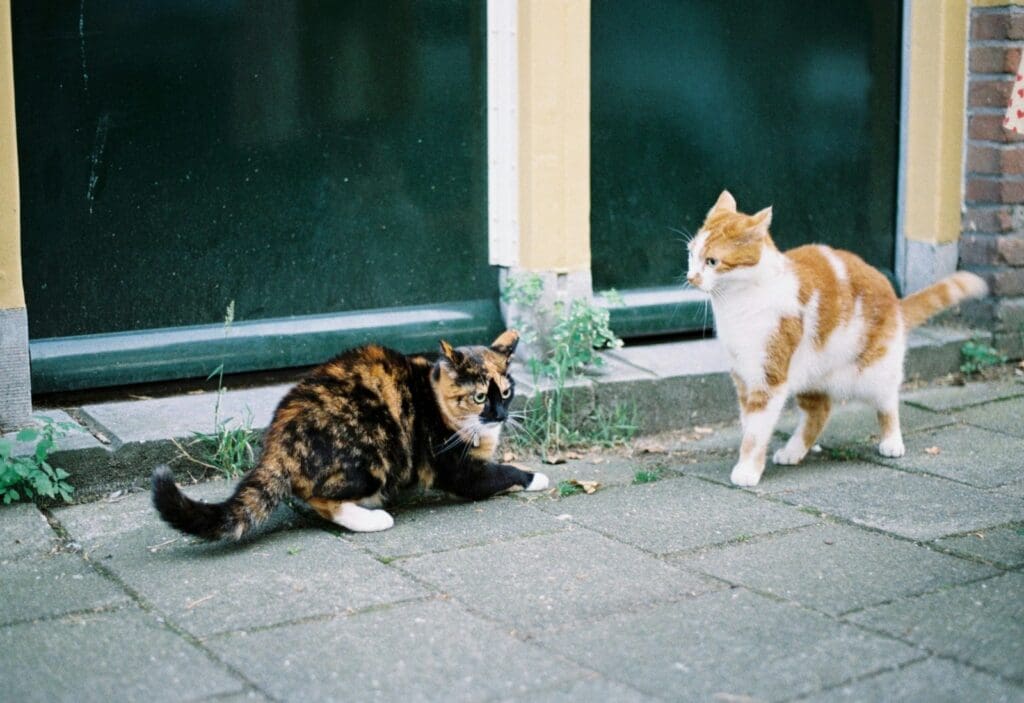
The first thing you need to do to solve a problem is to figure out if there is one. Sometimes, kitty playtime might look like fighting. If your cats are staring at one another all the time, hissing at each other, or one or both of them is making messes outside the litter box, you might have a behavior issue to solve.
Talking to the Vet
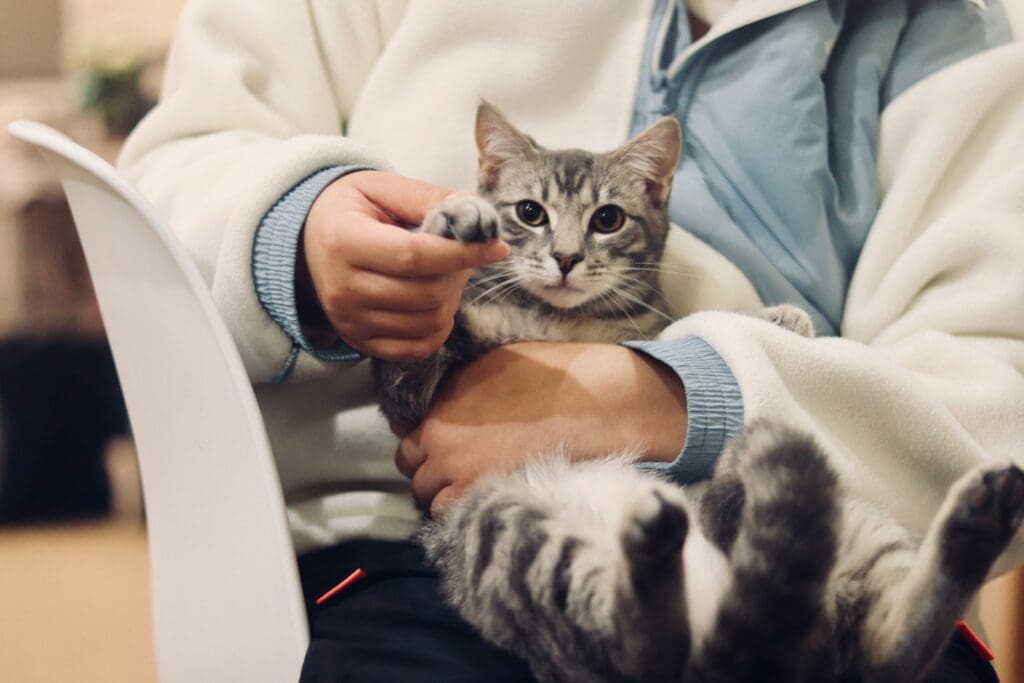
Step one should be to talk to the veterinarian and ask for their advice. You need to first rule out any potential health problems. Sometimes cats don’t get along because they can detect an illness in the other feline! Once you’ve resolved the medical issue, things might be fine.
Make Sure They’re Spayed/Neutered
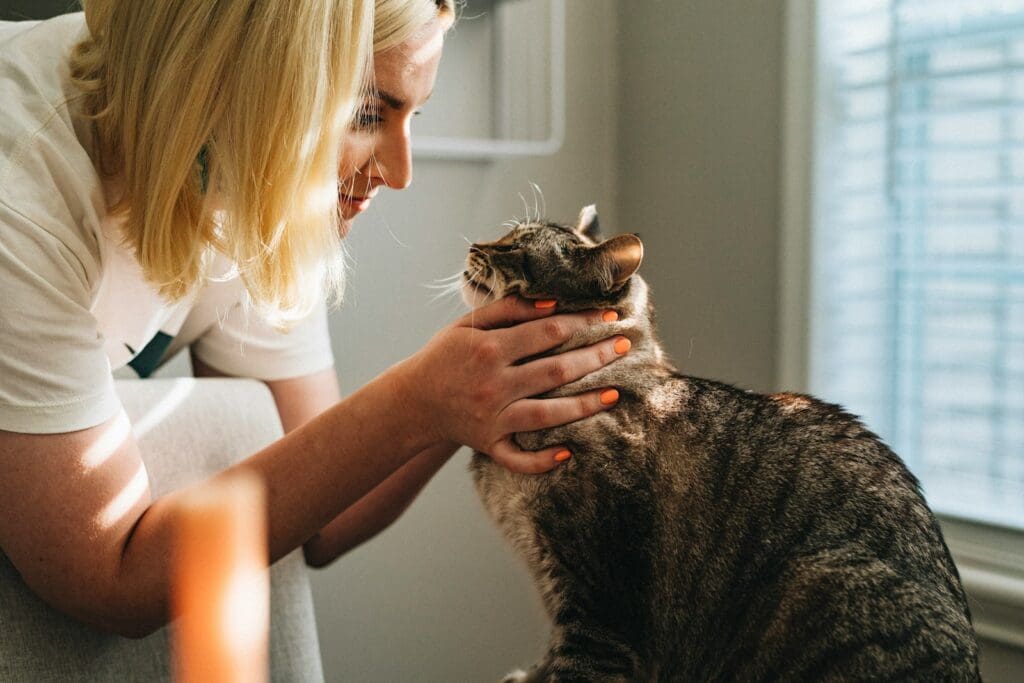
While you’re at the vet, make sure your new kitty is spayed or neutered. If they aren’t this could cause behavior issues. Cats that aren’t fixed can be more aggressive and can cause issues with your existing kitties.
Introducing Them
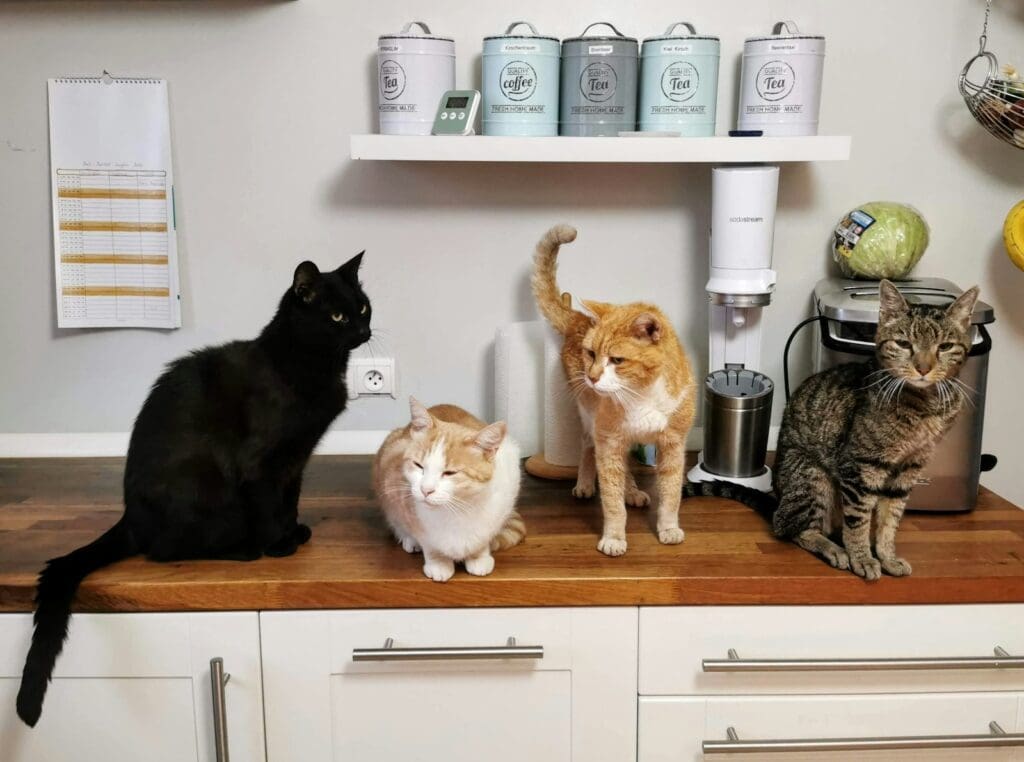
When you first introduce two cats, do it in a controlled environment. Rather than putting them face-to-face right away, introduce them through a closed door. Let your new cat smell a towel or blanket your existing cat cuddles with and vice versa. This allows them to get to know each other by smell before meeting in person.
Take it Slow

It’s okay to take it slow when two cats are meeting for the first time. Let them see each other for a few minutes per day for a while and gradually introduce the new kitty into your home. This can help your existing cats feel more comfortable about the appearance of this stranger.
More Resources
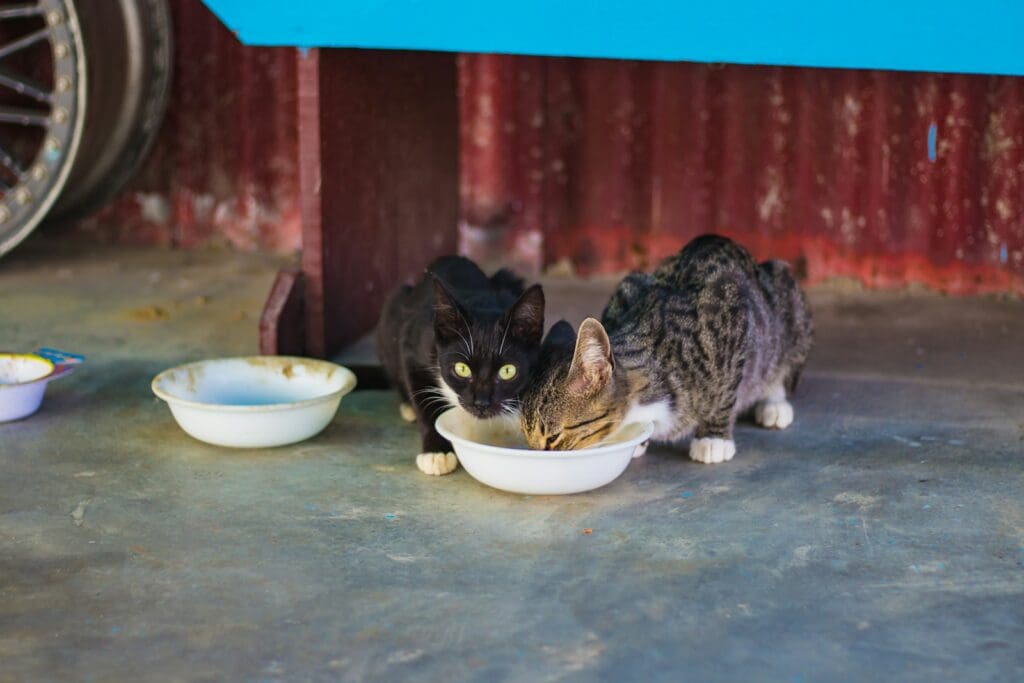
Make sure there are enough litter boxes, food bowls, and water bowls. You want to have one litter box per cat plus one extra on each floor of your home. Likewise, if you do open feeding, this same rule applies for food and water bowls. If you do timed feeding, consider feeding the new kitty in a different room from your other cats so there are no food aggression problems.
Their Own Space
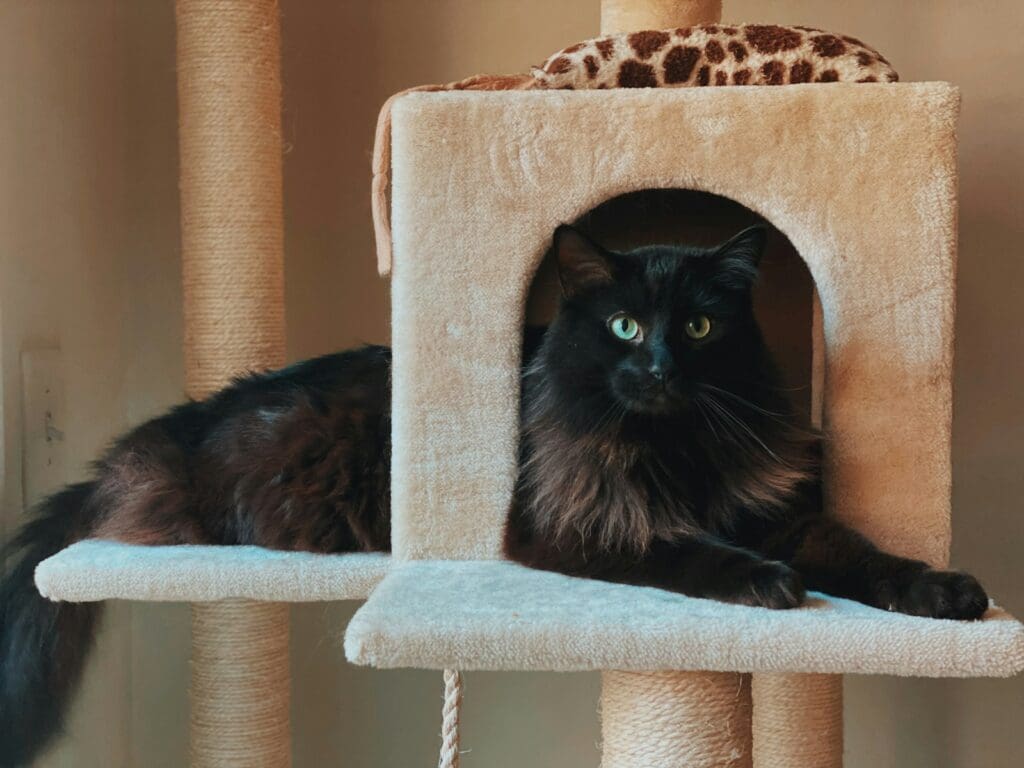
Give each of your cats their own space. Make sure every kitty has their own high perch, blanket, bed, and toys. If you cram multiple cats into a small area, there will be territorial disputes and ongoing behavior problems.
Positive Reinforcement

Rather than punishing the cats for fighting, try rewarding them for getting along. If they harmlessly pass one another without hissing, shower them in praise, affection, and treats. When they fight, break them up and then ignore them afterward. Whatever you do, don’t comfort them after they fight by giving them tons of pets: this could make them see fighting as a rewarding behavior.
Read More: Outwit Your Kitty: 10 Ways to Keep Them off Your Counters
Fun Toys

Get your cats lots of fun toys to play with. These can help them exercise and stay mentally active while you’re not around. Cats with plenty of toys tend to be more relaxed, making it easier for them to get along with one another!
Read More: Helping Your Kitty Cope: 10 Tips for Easing Separation Anxiety
Talk to a Pro
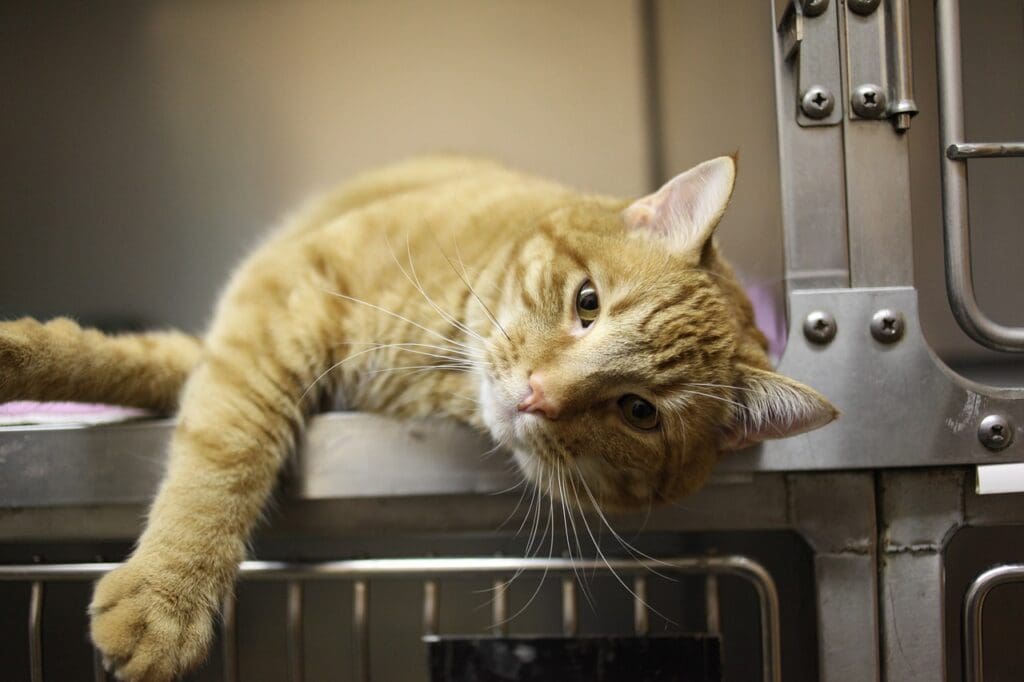
If you’ve tried all of these tips and you’re still seeing behavioral issues, you might need to bring in a pro. Cat experts can make a house call and observe your kitties and offer more personalized advice that you might have not thought about.
Read More: 10 Tips to Win Over Your Cat






